A well-designed business card is more than just a way to share your contact information; it’s a snapshot of your brand that makes a lasting first impression. Choosing the right design, size, and materials can help you convey professionalism and make your card stand out in any stack. Whether you’re designing your first card or updating an old one, thoughtful choices matter.
Today, you have access to a range of online tools and templates that make customizing your business cards easy and affordable. From picking paper stock and finishes to deciding on templates and layouts, you can create a card that truly represents you and your business.
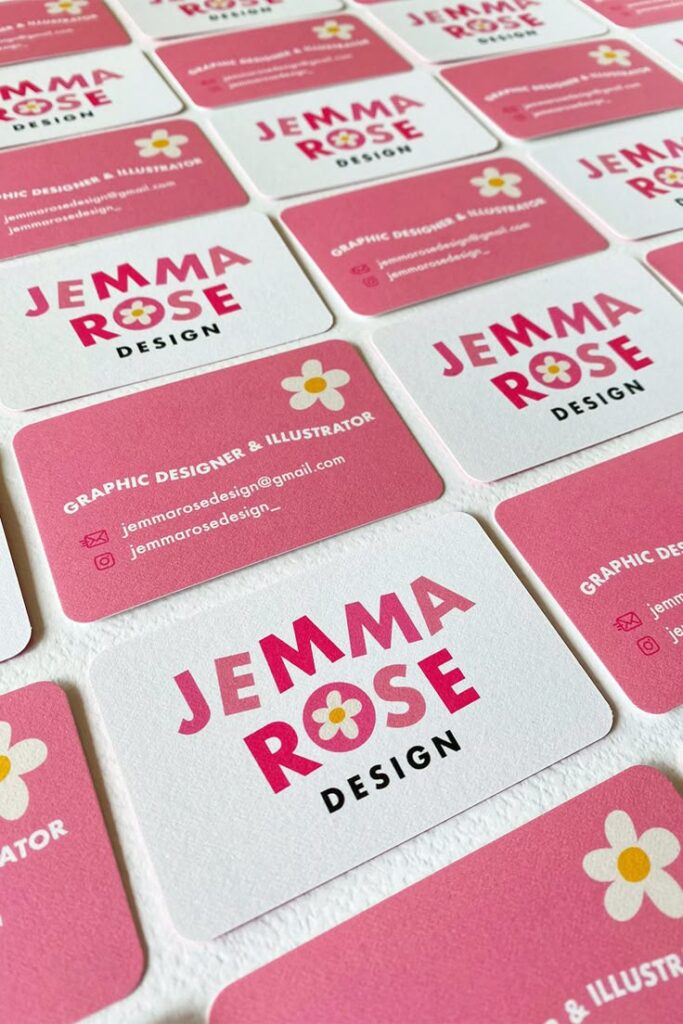
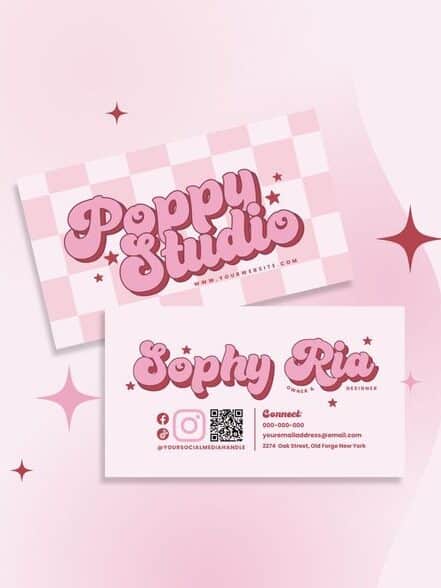
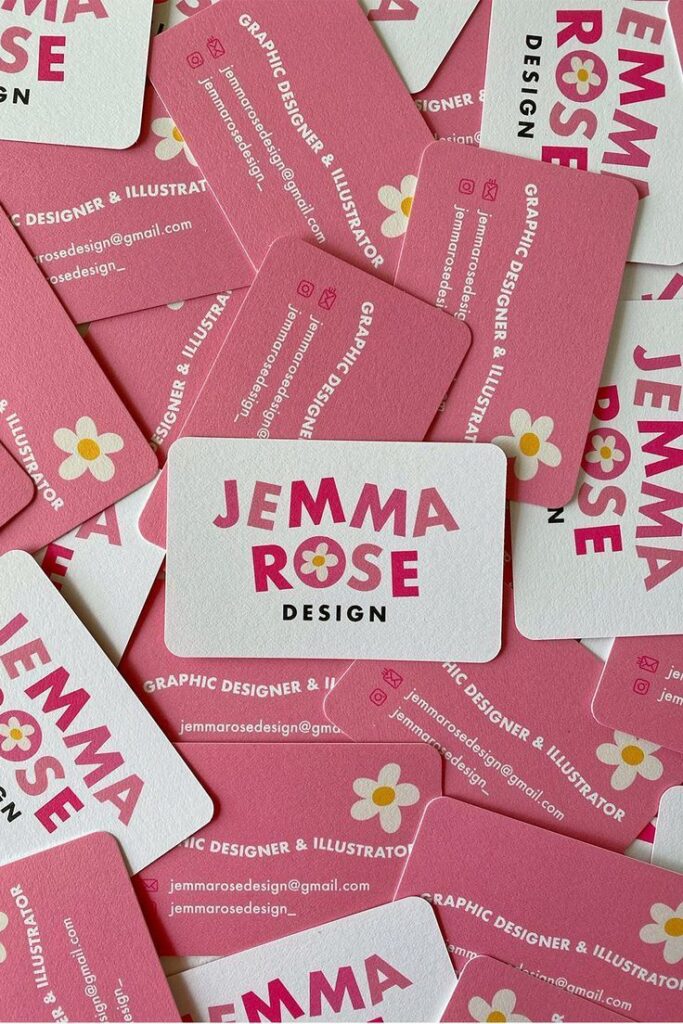
Key Takeaways
- Business cards are a direct reflection of your brand.
- Design choices and material options impact the quality and impression.
- Many platforms offer easy customization and printing features.
What Is Business Card Design?
Business card design is about creating a compact, memorable tool that represents your brand and provides essential contact information. A strong design helps you make a positive impression while ensuring your details are easy to find and read.
High-quality A3 & A4 multifunction printers make it easier to produce professional business cards and marketing materials right in the office, ensuring every print looks sharp and polished.
Purpose of Business Cards
Business cards serve as a portable introduction when meeting clients, colleagues, or contacts. They allow you to share your name, role, and business details quickly, even in brief encounters.
A well-designed card supports networking. It gives people a tangible reminder of who you are and how to reach you later. In some industries, the card you hand over can shape how professionally you are perceived or whether someone chooses to get in touch.
These cards also bridge offline and online networks. They often contain your website or social media links alongside a phone number or email address. By giving out your card, you offer easy follow-up for future conversations or relationships.
Key Elements of a Card Design
Every business card needs specific elements to be effective. The most important include your name, job title, company logo, and reliable contact information such as a phone number, email address, and business location.
The card layout plays a big role in readability. Typically, the logo and your name come first, followed by contact info. Using clear fonts and simple designs helps keep the card uncluttered.
Other details can add value, like a company slogan, website, or QR code. Good design choices—such as color, paper stock, and use of white space—help your card stand out and reflect your brand’s personality. For reference, this small card is an extension of your company’s visual identity, strengthening recognition even after your initial meeting.
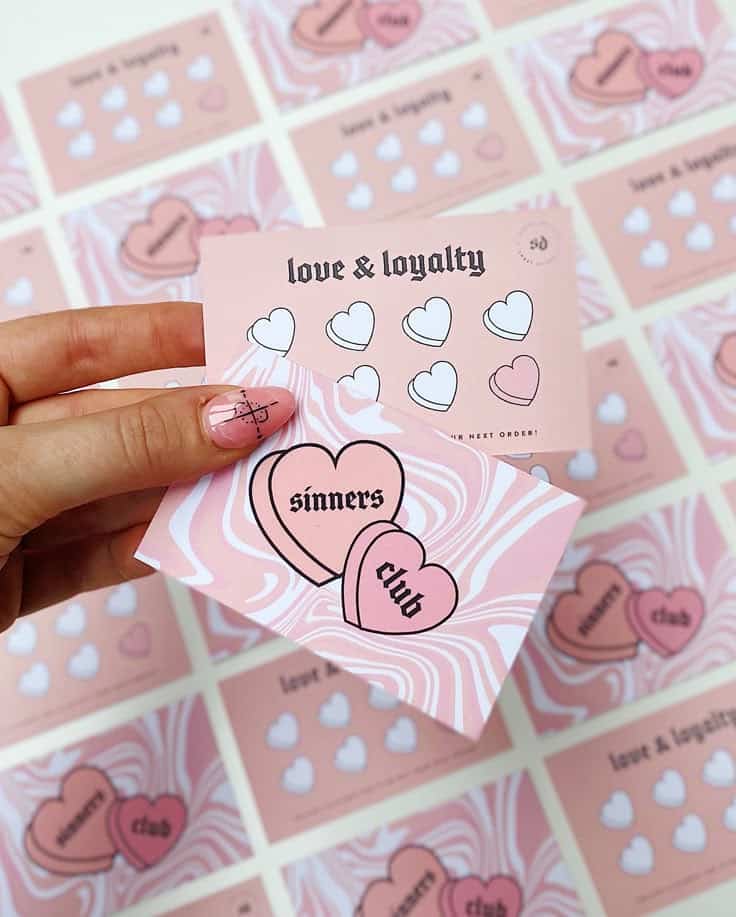
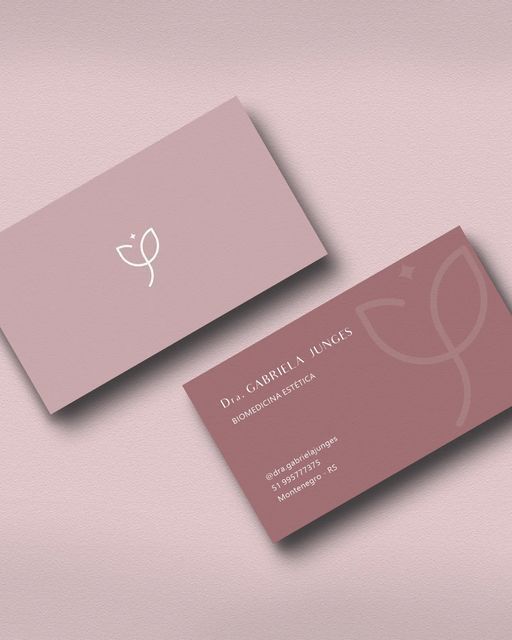
Business Card Types and Sizes
Business cards come in a range of shapes and dimensions, each offering unique benefits for your brand and contact information. The size and type you choose can affect both the appearance and practicality of your cards.
Standard Business Card Sizes
The standard business card size in the United States and Canada is 3.5 inches by 2 inches (3.5″ x 2″). This size fits most wallets and cardholders, which makes it practical for everyday use and distribution.
Other standard sizes vary by country. For example, the UK often uses 3.3″ x 2.1″ cards. Many printing services offer these standard dimensions because they are familiar, affordable, and widely accepted.
A quick comparison of typical standard sizes:
| Region | Size (inches) |
|---|---|
| USA/Canada | 3.5 x 2 |
| UK | 3.3 x 2.1 |
| Europe | 3.3 x 2.1 |
Choosing standard sizes makes your cards compatible with most storage solutions and keeps costs lower.
Unique Shapes and Custom Business Cards
If you want your card to stand out, custom business cards in unique shapes or dimensions may be the way to go. Options include square, mini, and die-cut cards.
- Square cards can measure 2″ x 2″ or 3″ x 3″, offering a compact and modern look.
- Mini business cards are often slimmer, sometimes around 3.5″ x 1.5″.
- Die-cut options allow for custom edges or shapes, such as rounded corners or a shape related to your industry.
Custom shapes can draw attention but sometimes make the card less practical to store. Be sure to balance creativity with usability, especially if your contacts may keep cards in traditional holders.
Circle Business Card Options
Circle business cards are an unconventional choice that instantly grabs attention. They are typically available in sizes like 2-inch or 2.5-inch diameter.
Circular designs can be especially effective for creative businesses or events. Because they do not fit traditional wallets, they’re usually used for special occasions, promotional campaigns, or to make a striking first impression.
When designing a circle business card, prioritize clear branding and concise contact details. The unique shape encourages curiosity, but space is limited. Make sure your main information remains easy to read and visually balanced within the circular layout.
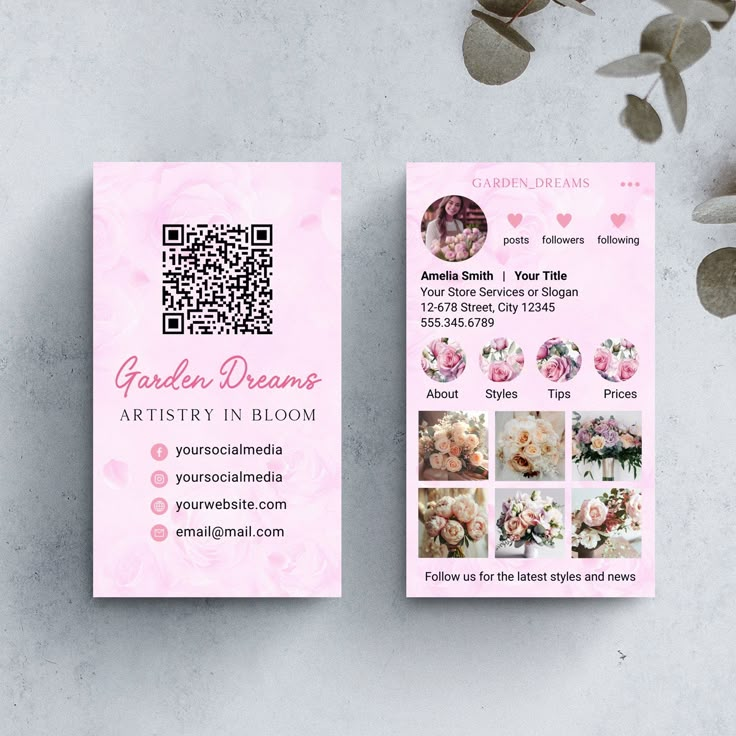
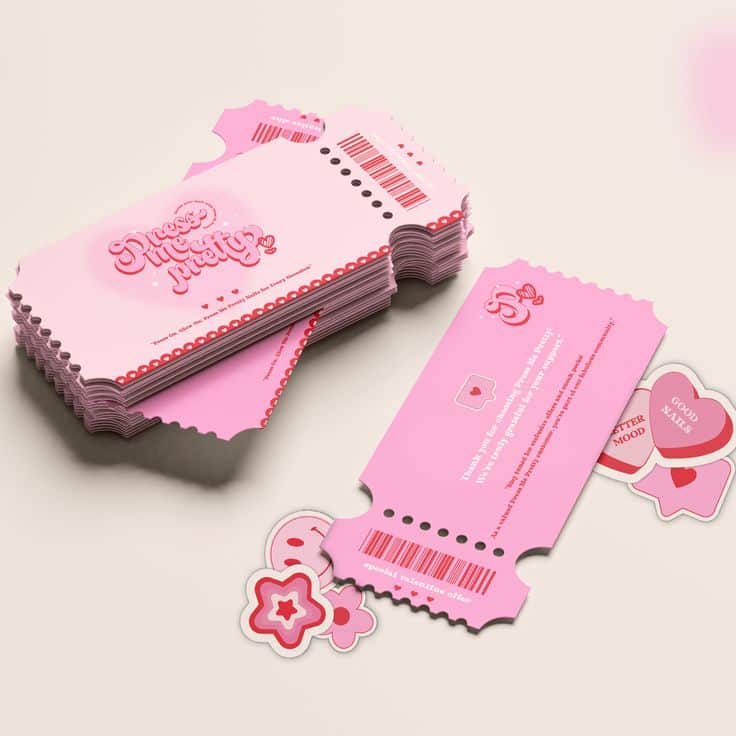
Design Principles and Templates
A well-designed business card relies on clear graphic design, thoughtful template selection, and careful attention to layout details such as trim and bleed areas. Using current best practices will make your card both visually appealing and practical for everyday use.
Graphic Design Basics for Business Cards
Start by prioritizing legibility and simplicity. Use a font size no smaller than 8pt for contact details, and place the company name and logo at least 12pt to make them stand out.
Stick to 1–2 primary colors and limit the number of typefaces to ensure a clean look. Align key information with plenty of whitespace for a balanced appearance, and avoid overcrowding the card with too much text or decoration.
Consistent branding is essential. Make sure your logo is high-resolution and stands out, and that the chosen colors and fonts align with your overall visual identity. Use patterns or graphical elements sparingly to prevent visual clutter.
Choosing Effective Design Templates
Selecting a business card template can save you time and ensure professional results. Look for templates that accommodate all standard business card dimensions, such as 3.5″ x 2″, and allow for customization of logos, colors, and layout.
Templates should support the proper inclusion of the bleed area (usually 1/8″ beyond the card edges) to prevent unwanted white borders after trimming. Check whether your template uses a safe zone, keeping important text and graphics from being too close to the edge.
Many online printers and design platforms offer a variety of ready-made templates. Choose one that fits your brand’s tone—minimalist for modern businesses, or more decorative for creative industries. Always verify your design works well in both digital and print formats before finalizing.
Best Practices for Layout and Trim
Effective business card layout depends on a clear hierarchy. Place your logo and company name at the top or the most prominent area of the card, followed by your name, job title, and then contact information.
Set up your document with trim and bleed guidelines. The bleed area (typically 0.125″ outside the card’s final size) ensures colors and backgrounds extend to the edge once trimmed. Keep all critical details inside the safe margin, usually 0.125″ from the trim line.
Use a logical grid to align elements. This helps maintain consistency across multiple cards and supports a clean, easy-to-read layout. Double-check every element’s spacing to prevent information from being cut off during production.
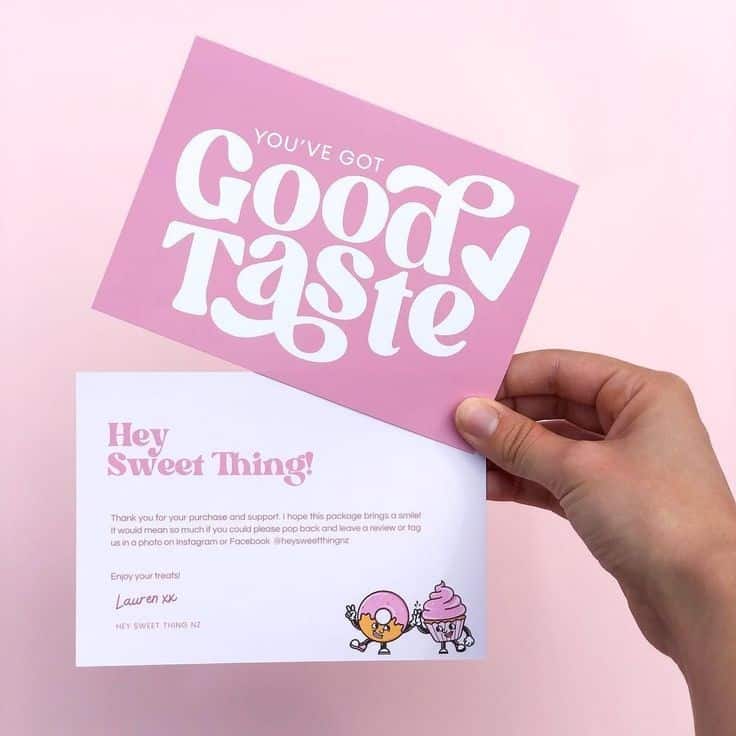
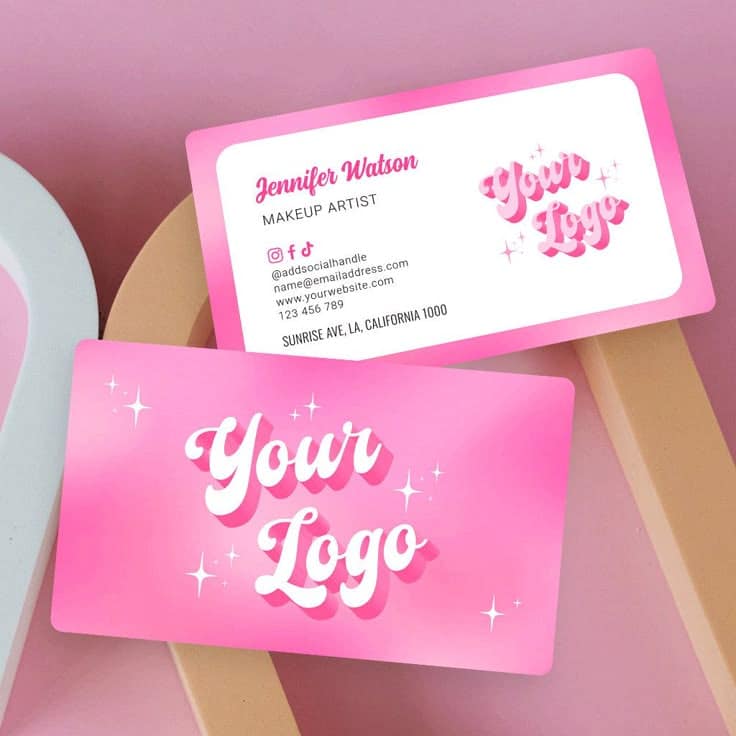
Paper Stocks, Finishes, and Coatings
The material and finish you select for your business card play a big role in how your brand is perceived. Different stocks, finishes, and coatings change both the look and tactile feel of your cards, helping your business stand out to potential clients.
Paper Types and Stocks
Paper stock is the base material of your business card and has a direct impact on its weight, thickness, and durability. Common choices are standard cardstock, premium cardstock, and ultra-thick stocks.
- Standard cardstock (usually around 14pt) offers a classic balance of flexibility and cost.
- Premium stocks (16pt and above) feel more substantial and are often chosen for a more professional impression.
- Textured options, like linen or laid, provide a tactile difference that can make your card more memorable.
When choosing the right paper type, consider how you want your card to feel in someone’s hand. Heavier and thicker stocks tend to feel more luxurious, while lighter stocks are often more economical for large quantities.
| Paper Stock | Description | Best For |
|---|---|---|
| Standard Cardstock | 14pt, flexible, affordable | General business use |
| Premium Cardstock | 16pt+, sturdy, upscale feel | High-end branding |
| Textured Stock | Linen, laid, unique feels | Creative professionals |
| Ultra-Thick | 32pt+, very heavy | Premium, luxury cards |
Gloss, Matte, and UV Gloss Finishes
The finish of your card refers to the surface treatment added to the paper. Gloss finishes give cards a shiny, reflective surface, making colors appear more vibrant. This finish offers some protection against dirt and moisture, which can help your cards last longer.
Matte finishes are non-reflective and smooth. They provide a subtle, sophisticated look and can be easier to write on. If you don’t want glare or want a softer presentation, matte is a popular choice.
UV gloss is a special coating applied only to certain parts of your card, like logos or images, to highlight them. This spot treatment draws attention and adds a distinct texture, making images or key text pop off the card.
| Finish Type | Appearance | Notable Features |
|---|---|---|
| Gloss | Shiny, vibrant | Bold color, durable |
| Matte | Smooth, non-glare | Elegant, writable |
| UV Gloss | Extra shiny (spot areas) | Textural highlights |
Embossed Gloss and Specialty Coatings
Embossed gloss adds a raised, glossy effect to specific areas such as your business name or logo. This gives a tactile and visual emphasis, encouraging the recipient to interact with your card. Embossed areas are shiny and stand out both in look and feel.
There are various specialty coatings as well, including soft-touch (for a velvety surface), metallic (for shimmer and shine), and pearlescent (for a subtle, luminous finish). Specialty coatings can be combined with standard or premium stocks for further customization.
These enhancements can help highlight important elements or convey a sense of exclusivity. However, they can add to printing costs, so consider your budget and brand message before selecting a specialty coating.
Plastic Business Cards
Plastic business cards offer a unique alternative to traditional paper. They are highly durable and resistant to water, tearing, and fading, which makes them suitable for long-term use or outdoor industries.
Plastic cards come in clear, frosted, and solid color options. Clear plastic can create a modern, see-through effect, while frosted provides a smooth, translucent look. Solid-colored plastic cards are vibrant and eye-catching.
You can combine plastic cards with matte or glossy finishes, as well as specialty features like spot UV or metallic ink. While they are more costly to produce, plastic cards can leave a lasting impression and are less likely to be discarded.
Printing and Sharing Your Business Cards
Choosing how to print your business cards, what to expect from printing services, and when to distribute them can influence how others remember you. Your approach can affect your networking results and the impression you leave.
Business Card Printing Options
When printing your business cards, you have several convenient choices. Many online platforms such as Moo, VistaPrint, and Canva offer user-friendly design tools and a wide range of templates. You can upload your own design or customize ready-made layouts, adjusting fonts, colors, and logos.
Consider the type of paper stock and finishes available. Options may include matte, gloss, recycled, or textured cardstocks. You can also select shapes such as rounded corners or square cards. Some services allow small-batch printing, which is helpful if you want to test several designs or avoid large upfront costs.
Local print shops remain a reliable choice, especially if you prefer hands-on consultations or want to see samples before ordering. Compare prices, turnaround times, and delivery options before making your decision.
Customer Service in Printing
Customer service can make the printing process smooth and stress-free. Responsive support teams can answer your questions about design adjustments, paper choices, or shipping times. Many reputable printing companies provide live chat, email, or phone assistance.
Look for services that offer order previews and approval steps. This helps ensure your cards look exactly as expected before printing begins. Clear communication about delivery dates and the option to reorder quickly are also important features.
If any issues arise—such as printing errors or damaged shipments—quick and helpful customer support is essential. Choose a printer known for addressing problems promptly and offering solutions such as free reprints or refunds.
Networking Events and Card Distribution
Having business cards ready for networking events helps you make lasting connections. Keep cards in a dedicated holder to prevent damage and make it easy to hand them out on short notice. Always bring more cards than you think you’ll need.
Distribute your cards at relevant moments, such as after meaningful conversations. Personalize your approach by jotting a note on the back if appropriate, like adding your direct line or a reminder of your discussion.
Make sure your contact details are clear and up to date. This increases your chances of future follow-up. All in all, thoughtful distribution helps you stay memorable and accessible to new contacts.
- 542shares
- Facebook0
- Pinterest542
- Twitter0


